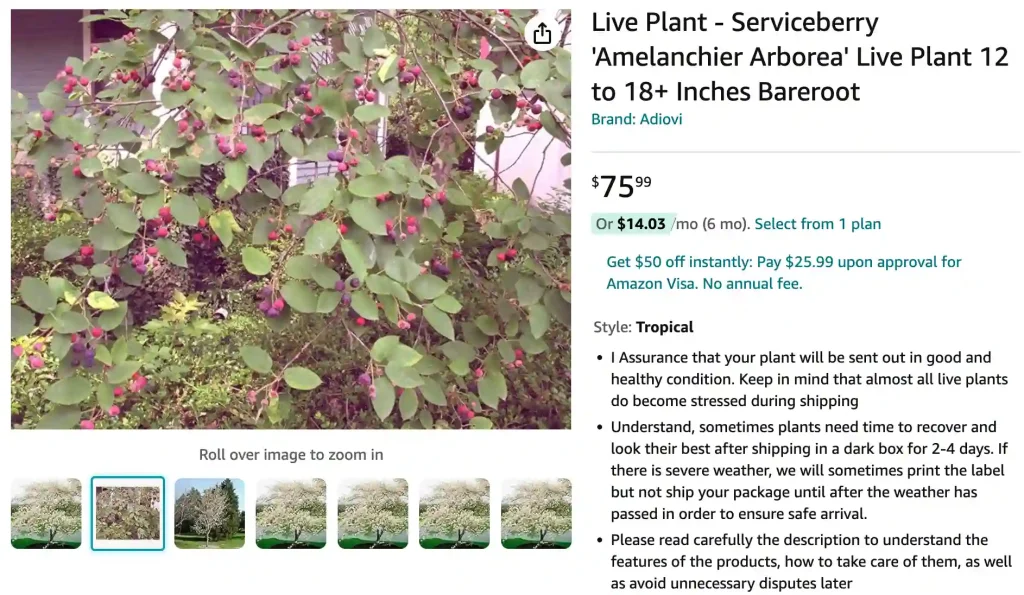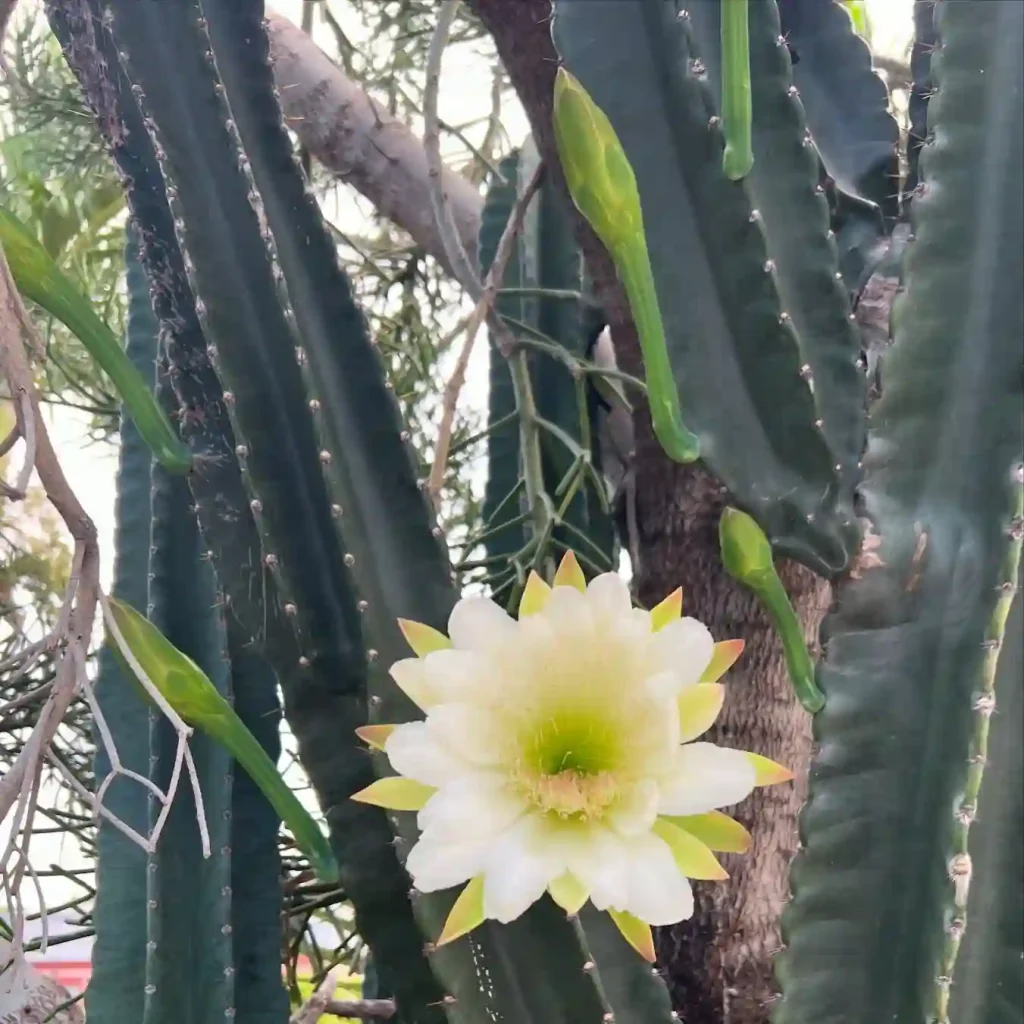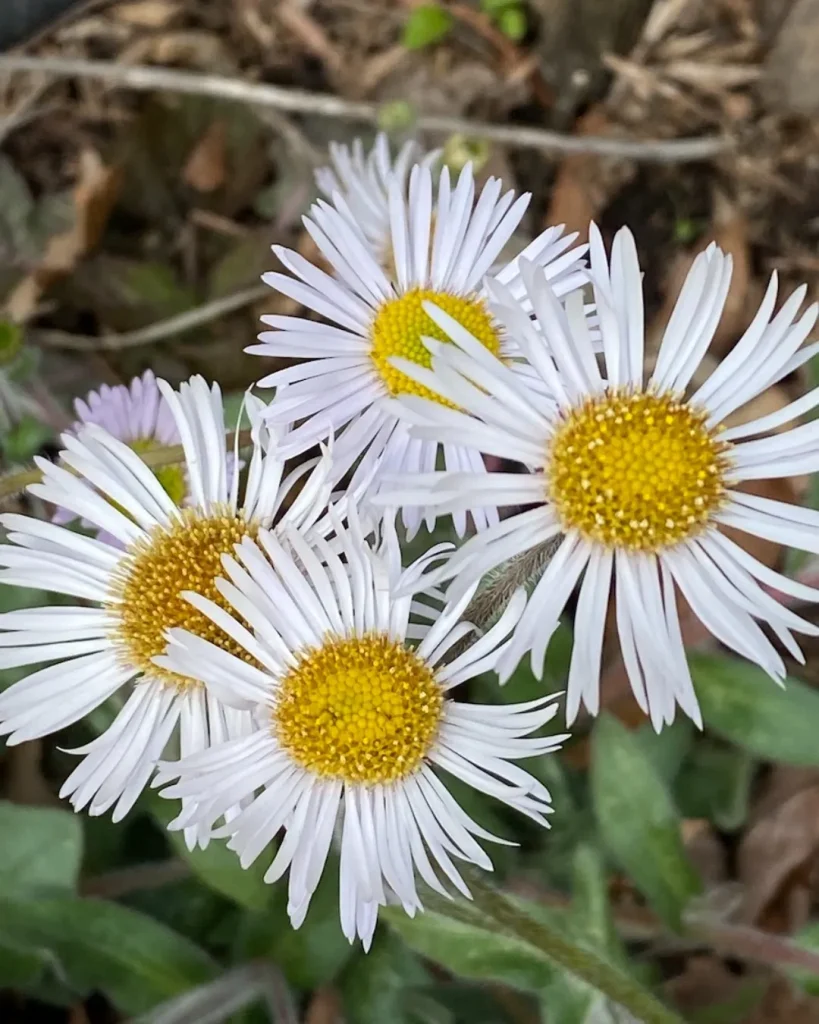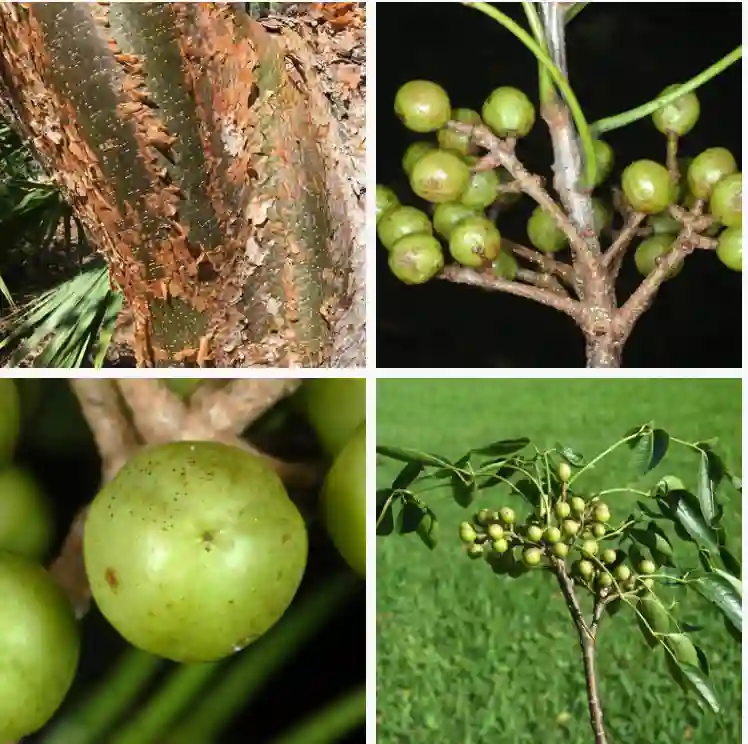
FAQs About Amelanchier Arborea: Everything You Need to Know
When it comes to landscaping with Amelanchier Arborea, also known as the Serviceberry or Downy Serviceberry, I’ve come across a lot of questions. This charming tree, known for its beautiful spring blossoms and edible berries, is a favorite among many gardeners. Here, I’ll address some of the most frequently asked questions about this species.
27 Species in Genus Amelanchier – Serviceberry
Are Common Serviceberry Amelanchier Arborea Messy?
One common concern about Amelanchier Arborea is whether it’s messy. In my experience, this tree is relatively tidy compared to some other fruiting trees. The Serviceberry drops its berries, but they tend to fall in a manageable quantity. The mess from the berries is generally limited and easy to clean up. Moreover, the fallen berries can be a delightful treat for birds. So, if you’re worried about a messy yard, Amelanchier Arborea shouldn’t cause too much trouble.
What Plant Nurseries in Sale Amelanchier Arborea in North Carolina?
If you’re in North Carolina and looking to buy Amelanchier Arborea, you’re in luck. Many plant nurseries in the area stock this popular species. I’ve found that local garden centers and specialized nurseries often carry Serviceberry trees. Some reputable places to check include:
- The Plant House in Raleigh: They have a diverse selection of native plants, including Amelanchier Arborea.
- Greenhill Nursery in Asheville: Known for their focus on native species, they usually have Serviceberries in stock.
- Piedmont Wholesale Nursery in Charlotte: They offer a wide range of trees, including the Serviceberry.
It’s always a good idea to call ahead and check their availability, as stock can vary.
Amelanchier Arborea vs Canadensis
Comparing Amelanchier Arborea with Amelanchier Canadensis (the Canadian Serviceberry) is common. Both are similar in many ways but have distinct differences.
Amelanchier Arborea is native to the southeastern United States and grows as a small tree or large shrub. It features white flowers in early spring, followed by red to purple berries that birds love. This species is well-suited for a variety of soil types and light conditions.
Amelanchier Canadensis, on the other hand, is found more commonly in northern regions. It tends to grow a bit taller and has slightly different leaf and flower characteristics. The berries of Amelanchier Canadensis are often larger and more plentiful, which might appeal to those looking for more fruit production.
When choosing between the two, consider your local climate and the specific needs of your garden.
How to Care for Amelanchier Arborea?
Caring for Amelanchier Arborea is relatively straightforward. Here’s what I’ve learned from growing this tree:
- Sunlight: It thrives in full sun to partial shade. I’ve found that it does best with at least 4-6 hours of direct sunlight each day.
- Soil: Well-drained, slightly acidic to neutral soil is ideal. I’ve had success with a mix of loam and compost.
- Watering: Regular watering is crucial, especially during dry spells. However, avoid waterlogging, as this can lead to root issues.
- Pruning: Prune in late winter or early spring to maintain its shape and remove any dead or crossing branches.
How to Propagate Amelanchier Arborea?
Propagating Amelanchier Arborea can be done through seeds or cuttings. I’ve had the best success with seeds. Here’s a simple guide:
- Seeds: Collect seeds from ripe berries, clean them, and stratify them in a cold, moist environment for about 60 days. After stratification, sow the seeds in a seed-starting mix and keep them moist until germination.
- Cuttings: Take semi-hardwood cuttings in late summer. Use a rooting hormone and plant the cuttings in a well-draining mix. Keep them humid and warm until roots develop.
What to Plant With Amelanchier Arborea?
Amelanchier Arborea pairs well with many other plants. I’ve found it works beautifully with:
- Hostas: Their shade tolerance complements the Serviceberry’s needs.
- Ferns: They add a lush, green backdrop.
- Daylilies: Their bright flowers provide a lovely contrast to the Serviceberry’s blooms.
Can You Grow Amelanchier Arborea Indoors?
Amelanchier Arborea is generally not suited for indoor growing due to its size and light requirements. It thrives best in outdoor gardens where it has space to grow and spread. If you’re looking for indoor plants, consider dwarf varieties or other species better suited to container life.
Is Amelanchier Arborea Toxic?
Amelanchier Arborea is non-toxic to humans and pets. The berries are edible and can be used in jams or eaten fresh, though they may not be as sweet as other berries. However, always ensure that any berries are properly identified and prepared before consumption.
Benefits of Amelanchier Arborea
The Serviceberry offers numerous benefits:
- Aesthetic Appeal: Its spring flowers and fall color are stunning.
- Wildlife Support: The berries are a favorite for birds.
- Edible Fruit: The berries can be used in a variety of culinary applications.
Common Problems
While Amelanchier Arborea is generally low-maintenance, it can face some issues:
- Pests: Watch for aphids and spider mites, which can affect the tree.
- Diseases: Leaf spot and powdery mildew can sometimes be a problem. Proper spacing and good air circulation help prevent these issues.
Comparing Amelanchier Arborea with Similar Species
If you’re considering other species similar to Amelanchier Arborea, such as Amelanchier Canadensis or even other native trees like Crataegus (Hawthorn), compare their growth habits, fruit characteristics, and suitability to your local climate. Each has its unique features that might better fit your specific needs.
In conclusion, Amelanchier Arborea is a versatile and beautiful tree that can enhance any garden. Its manageable messiness, easy care requirements, and appealing features make it a great choice for many landscapes. If you’re considering adding one to your garden, I highly recommend it!
If i die, water my plants!



